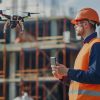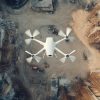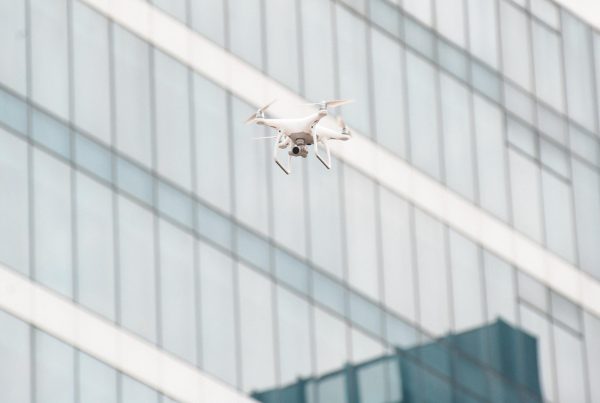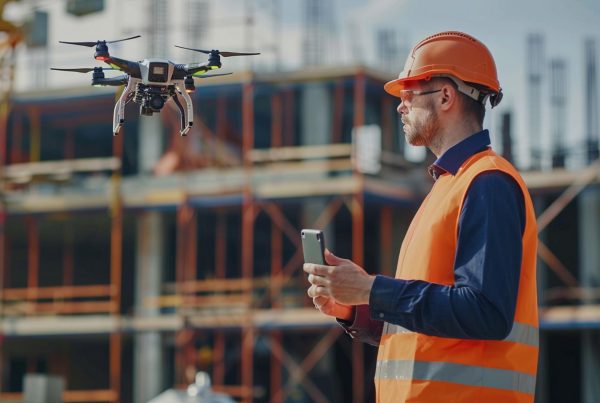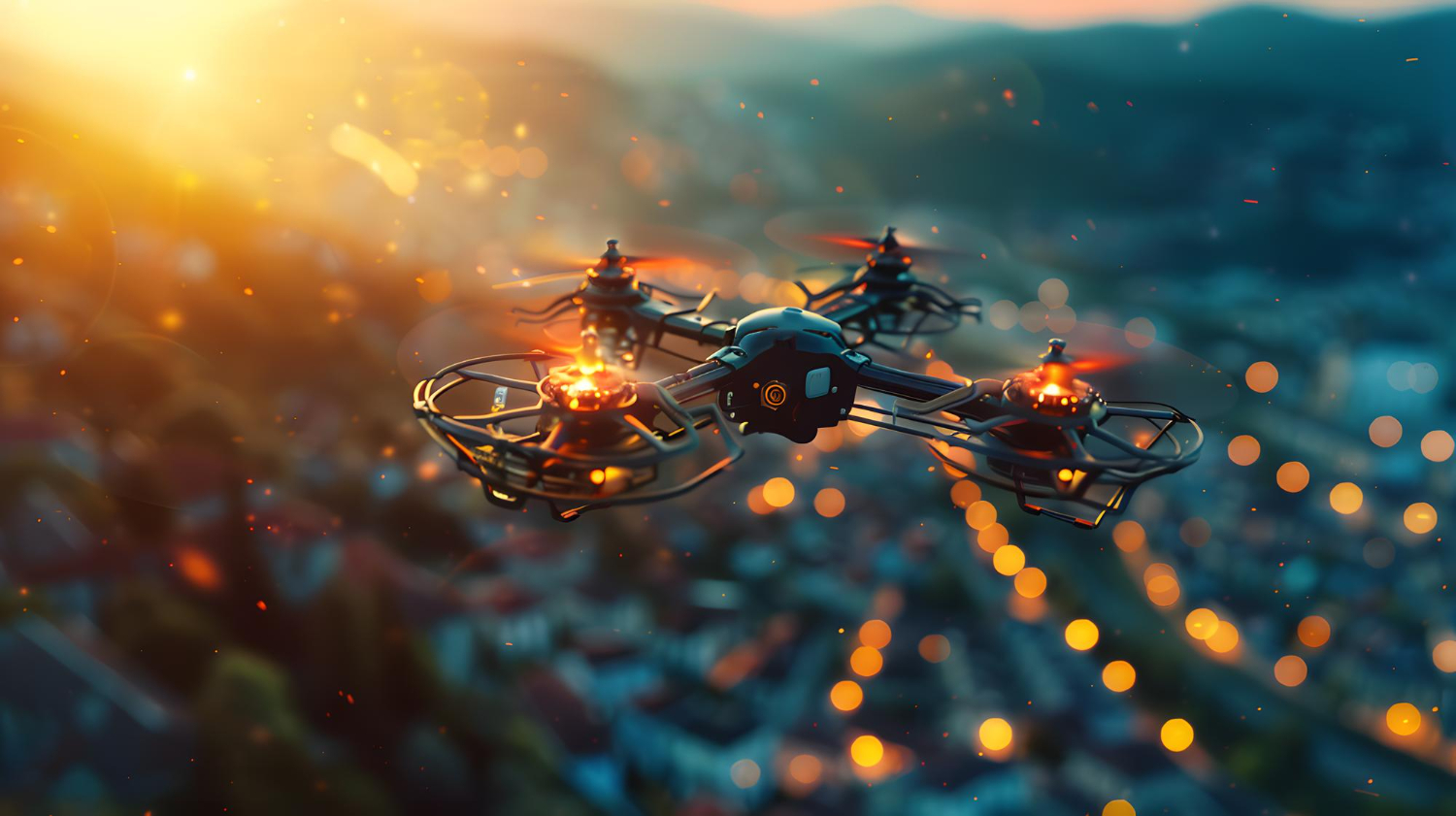
Drones are reshaping the construction industry, particularly in pre-construction planning. This series delves into how drone technology optimises traditional processes and what this means for the future of construction.
In the construction sector, drones have emerged as game-changers, notably in pre-construction planning. These aerial devices streamline the surveying process, providing detailed and accurate data faster than traditional methods. Drones capture comprehensive aerial imagery and topographic data, enabling construction companies to conduct thorough land assessments and site analyses with remarkable speed and reduced costs.
This technological advantage allows for rapid, informed decisions regarding land use and project feasibility, sidestepping the hefty expenses and delays associated with conventional survey techniques.
The utility of drones extends beyond mere land analysis. They are pivotal in enhancing the tendering process. By integrating drone-gathered data — including detailed maps and ongoing condition assessments — into their project proposals, construction firms can craft more precise and compelling bids. This level of detail helps streamline the decision-making process, providing all stakeholders with a clear, accurate view of the project scope and potential challenges before the ground is broken.
Furthermore, drones contribute to environmental conservation and safety. They minimise the need for human presence in potentially hazardous or inaccessible areas, reducing the risk of accidents during the survey phase. Also, by decreasing the number of times surveyors and other personnel need to visit a site, drones help reduce the carbon footprint associated with travel.
This shift towards drone-assisted planning is not just a trend but a significant move towards more sustainable, efficient, and safer construction practices. It represents a shift from labour-intensive methods to a more strategic, data-driven approach that can lead to better outcomes in construction projects.
In the next part, we will explore how drones continue to add value during the construction phase, particularly in monitoring progress and ensuring that projects adhere to their timelines and budgets.
Article 2: Drones in Construction Monitoring
Article 3: Enhancing Site Safety and Security with Drones
Article 4: Navigating the Legal Landscape of Drone Use in Construction
Article 5: Future Trends and Developments in Construction Drones




